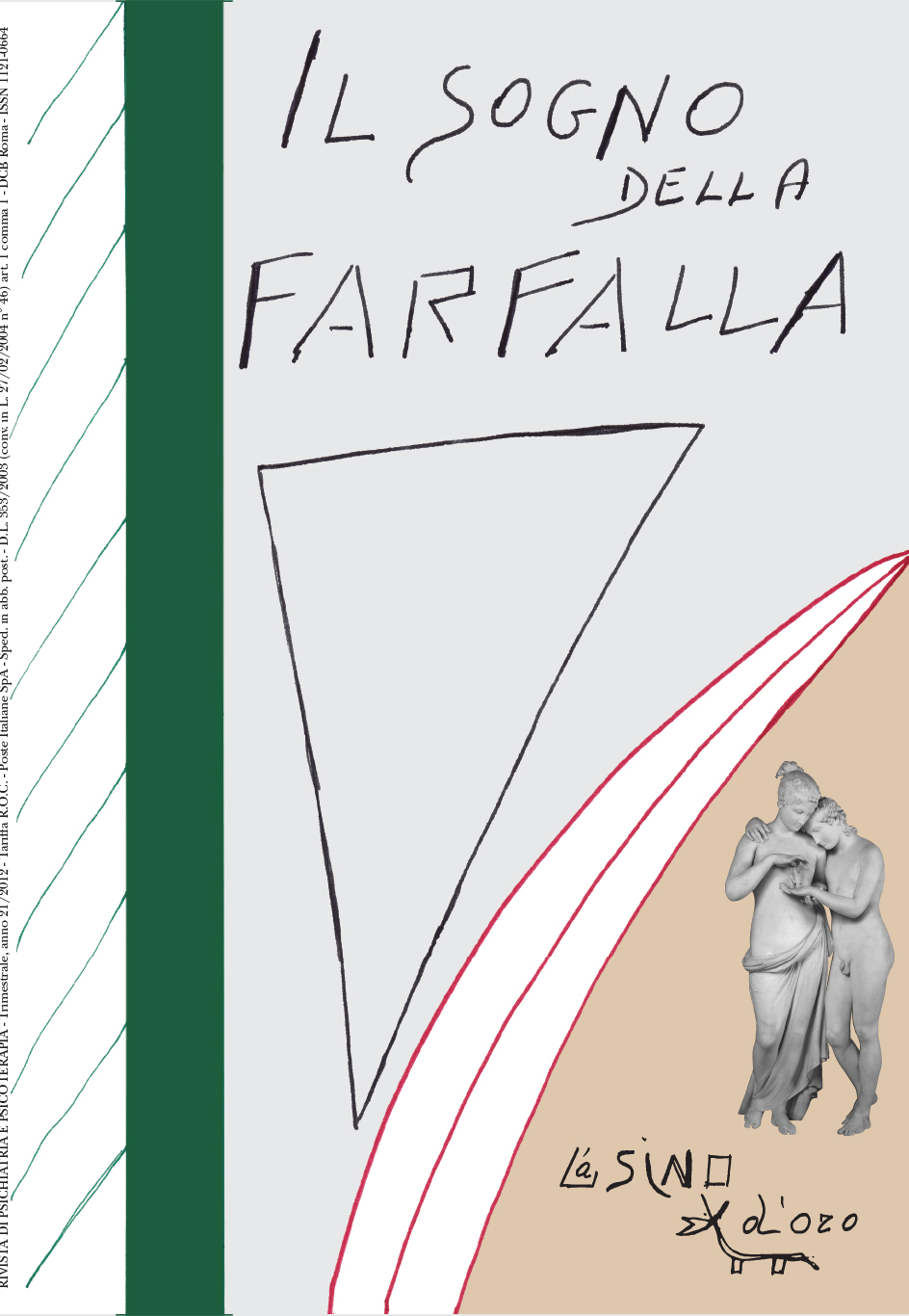Duties and limits of the supervisor between therapist and patient
Abstract
The aim of this article is to briefly trace the history of psychotherapeutic mentoring, starting from its origin, when the Viennese Psychoanalytic Society introduced supervision in the training path of future analysts in 1920. Since then, the training has represented the most consolidated way of acquiring a psychoanalytic technique. The practice of supervision has always been characterized by the intertwining of theory and clinic and its history and developments reflect the changes that the different schools of thought have proposed in different theories and have adopted in the clinical practice. This work by highlighting the evolution of the most significant stages from classical psychoanalysis to the most recent and innovative theories, draws the attention on Massimo Fagioli's Theory of Birth which represents a paradigm shift in the delicate chapter of the formation of psychotherapists.


